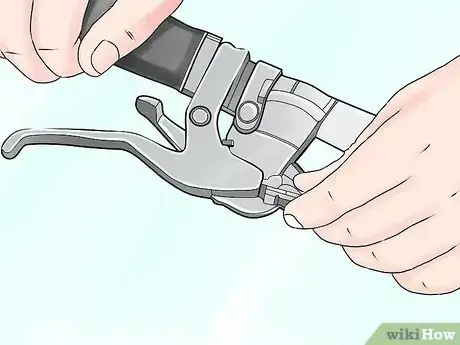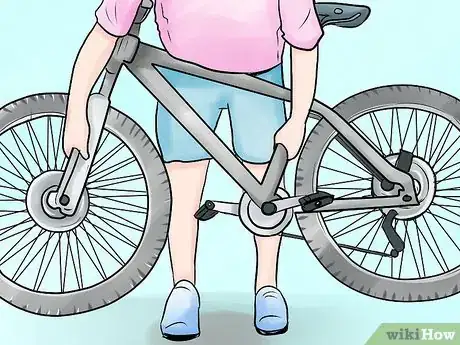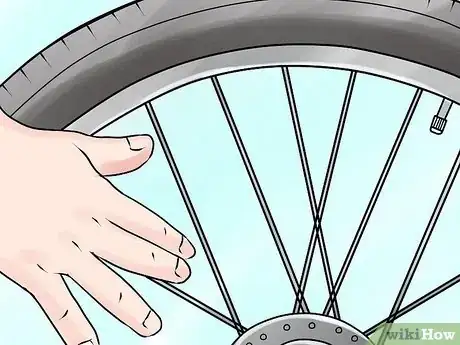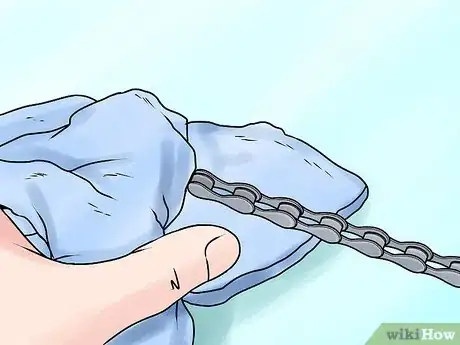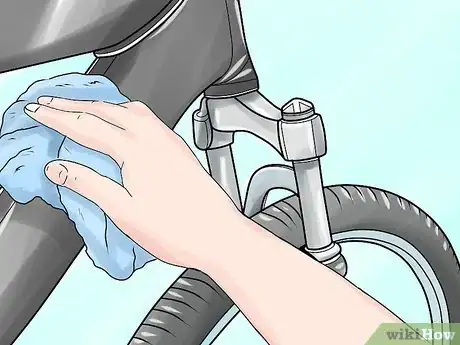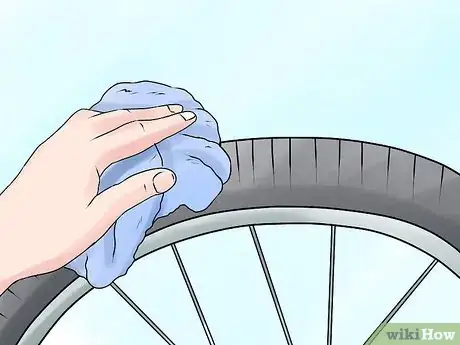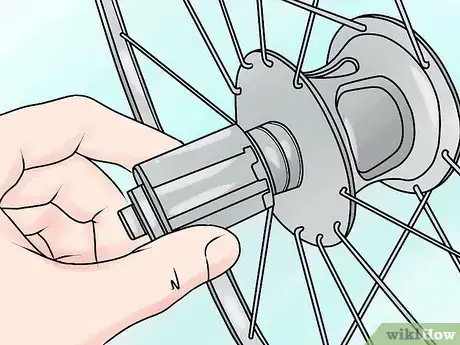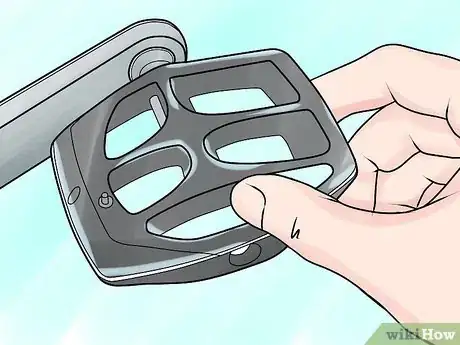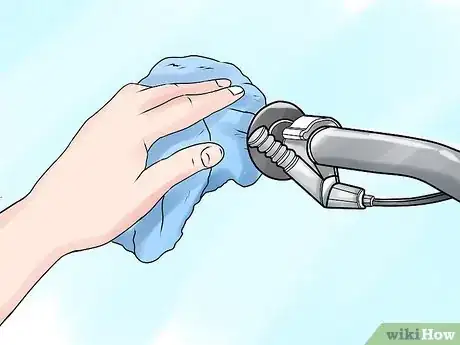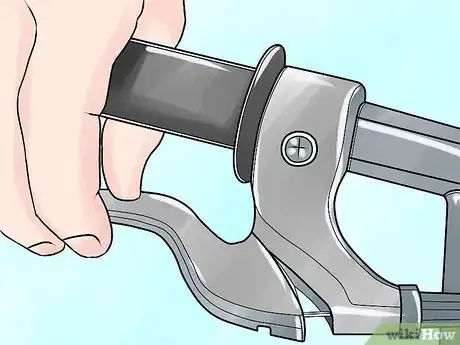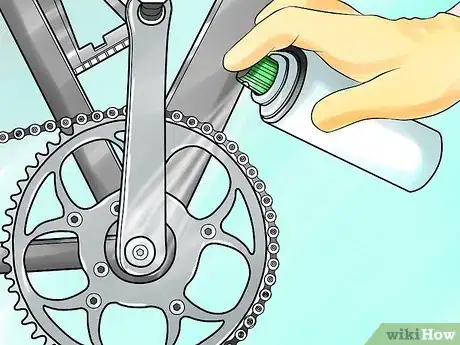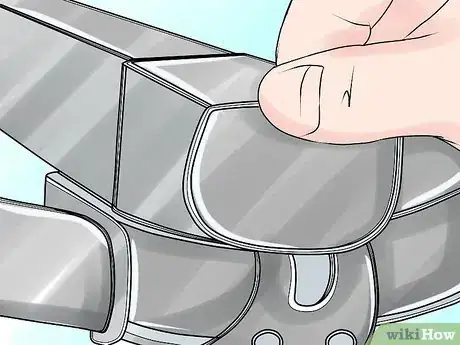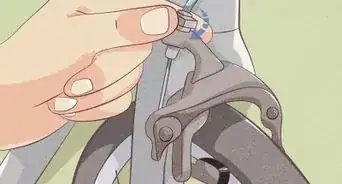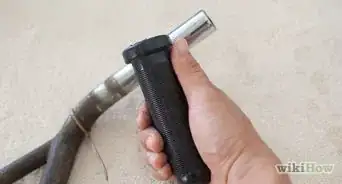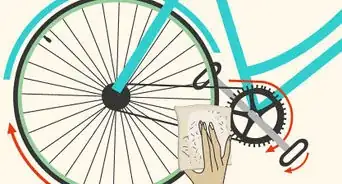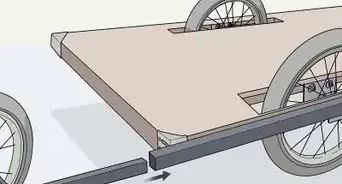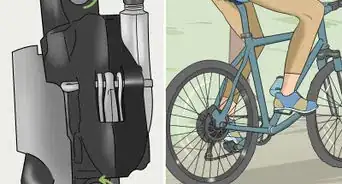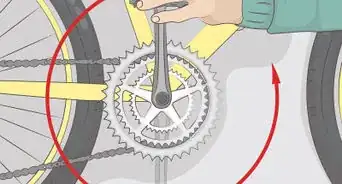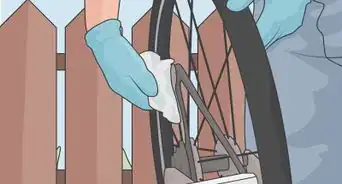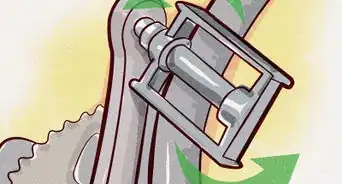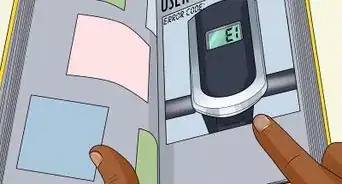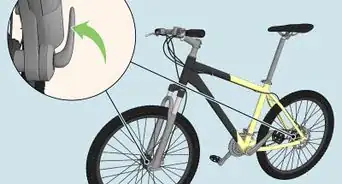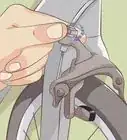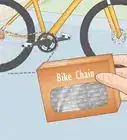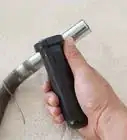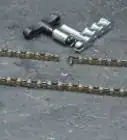wikiHow is a “wiki,” similar to Wikipedia, which means that many of our articles are co-written by multiple authors. To create this article, 45 people, some anonymous, worked to edit and improve it over time.
There are 11 references cited in this article, which can be found at the bottom of the page.
This article has been viewed 532,748 times.
Learn more...
Here is some advice to help beginners and advanced riders alike keep their mountain bike in peak condition - it is a good idea to try to follow these steps after every ride. The article covers the entire bike from saddle to brakes, to help you methodically follow through the checks. The whole process should take about 35 - 40 minutes, once you are familiar with it.
Steps
Community Q&A
-
QuestionMy cycle's front shocks are not smooth. What can I do with them to make them smooth?
 Matt GanderCommunity AnswerCleaning and lubrication are key. Use a specific fork lubricant or a Teflon spray like GT-85. Do not use WD-40. If they feel really bad you can send them to be professionally serviced.
Matt GanderCommunity AnswerCleaning and lubrication are key. Use a specific fork lubricant or a Teflon spray like GT-85. Do not use WD-40. If they feel really bad you can send them to be professionally serviced. -
QuestionWhen I turn to gear 2/5, it turns to 2/6. What is the reason?
 Tristan MaloneCommunity AnswerYour derailer probably needs to be adjusted, and for that you should go to a bike store to get it adjusted.
Tristan MaloneCommunity AnswerYour derailer probably needs to be adjusted, and for that you should go to a bike store to get it adjusted. -
QuestionHow do I free a stiff back brake on my bike?
 Community AnswerRemove the pads, and spray the area with brake cleaner, especially in and around the inside of the caliper. If you can see any residue adhering to the pistons, then try to remove it with anything made of hard plastic or wood. Do not use a metal implement. Finally get a tyre lever (not metal) and push the pistons back into he caliper. You might have to use some force. Reapply the brakes carefully, as you don't have any pads in. Repeat a few times until the pistons are moving freely.
Community AnswerRemove the pads, and spray the area with brake cleaner, especially in and around the inside of the caliper. If you can see any residue adhering to the pistons, then try to remove it with anything made of hard plastic or wood. Do not use a metal implement. Finally get a tyre lever (not metal) and push the pistons back into he caliper. You might have to use some force. Reapply the brakes carefully, as you don't have any pads in. Repeat a few times until the pistons are moving freely.
Warnings
- If you ride your bike with a misaligned gear mechanism or derailleur, the chain can easily jump off the cogs.⧼thumbs_response⧽
- Never let your brake pads wear down to the point where they scrape the rims.⧼thumbs_response⧽
- If your bike has steel parts, then using water on many of the parts listed above is likely to cause rust. To avoid this, be sure to completely dry your bike after it gets wet.⧼thumbs_response⧽
- Don't ride with dim lights - replace the batteries if necessary.⧼thumbs_response⧽
Things You'll Need
- 1 bike-mounted tool bag
- 1 tyre (tire) lever set
- 2 replacement inner tubes
- 1 puncture kit
- 1 chain splitter
- few spare chain links
- 1 folding Allen wrench and screwdriver set
- 1 spoke adjuster
- 1 shock pump
- 1 spray bike lubricant
- 1 bucket of warm soapy water
- 1 combination bike brush
- 1 wet rag
- 1 dry cloth
- 1 detergent with water
References
- ↑ https://www.youtube.com/watch?v=8EPB6mT5Uio
- ↑ https://www.youtube.com/watch?v=OvKcsMg8TJc
- ↑ https://www.bicycling.com/repair/a20033964/bike-washing-mistakes/
- ↑ https://www.roadbikerider.com/checking-the-condition-of-wheel-bearings-2/
- ↑ https://www.bicycling.com/repair/a20032687/stay-true-to-your-wheels-with-these-diy-wheel-maintence-tips/
- ↑ https://www.youtube.com/watch?v=LnVBoFjD-Fk
- ↑ https://www.youtube.com/watch?v=TMmjygdQAoQ
- ↑ https://www.youtube.com/watch?v=zHySq9Wy7_k
- ↑ https://www.bikeradar.com/advice/workshop/how-to-adjust-your-handlebar-height/
